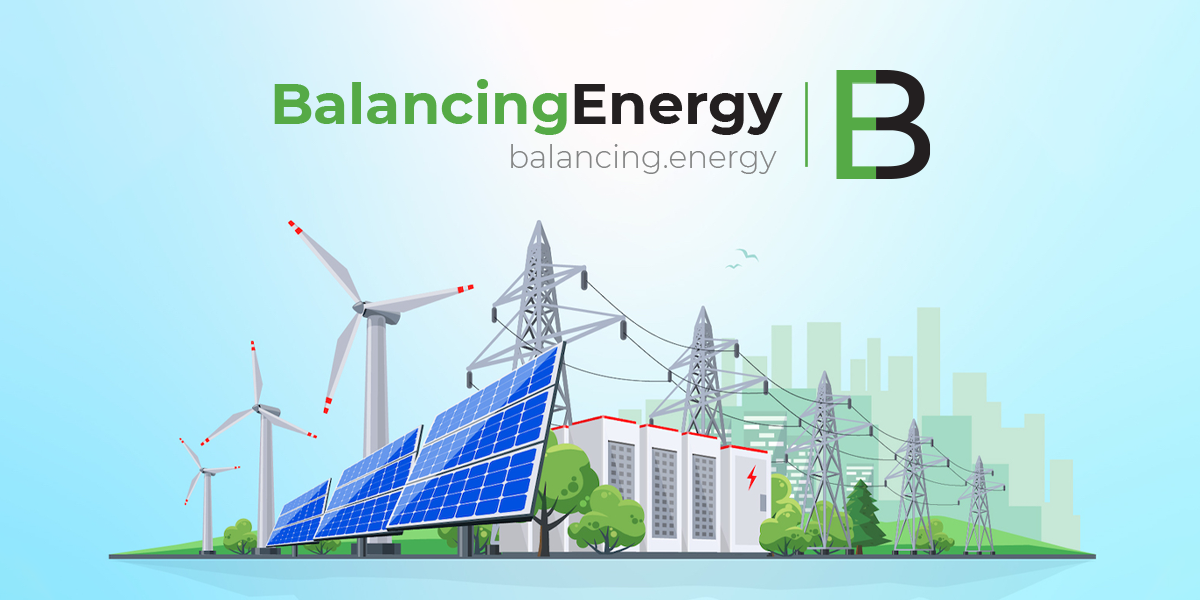Hungarian oil and gas company MOL has officially commissioned the Ballószög solar power plant, significantly increasing its renewable energy capacity. The new facility adds 66 MW of green energy, more than doubling MOL’s existing renewable production.
Originally developed by Naperőmű Farm, the project was acquired by MOL in December 2024. Following successful trial operations, the plant is now fully operational, supplying electricity to the Hungarian grid through energy provider Alteo. The 100-hectare facility, equipped with 113,000 solar panels, generates enough power to meet the annual consumption needs of 20,000 households. Advanced sun-tracking technology enhances efficiency by optimizing panel positioning throughout the day.
MOL’s long-term strategy focuses on strengthening Hungary’s energy independence by boosting domestic renewable electricity production. As part of this plan, the company is set to construct a 48 MW solar power plant in Tiszaújváros, expected to be completed by the second half of 2026. Additionally, MOL aims to generate up to 2,500 GWh of renewable electricity by 2030.
MOL and its partners currently hold a 73.8% stake in Alteo, which operates around 110 MW of renewable energy capacity. The company already manages six solar power plants in Hungary and one in Croatia, totaling 45 MW, with plans to surpass 200 MW in solar capacity by 2026.
Beyond solar energy, MOL is investing in green hydrogen production as part of its sustainability strategy. In 2024, the company inaugurated Central Europe’s largest green hydrogen plant in Százhalombatta, a 10 MW facility producing 1,600 tons of carbon-neutral hydrogen annually. Future plans include the development of additional green hydrogen plants in Rijeka and Bratislava, reinforcing MOL’s commitment to cleaner energy solutions.










